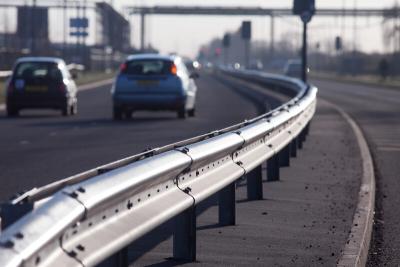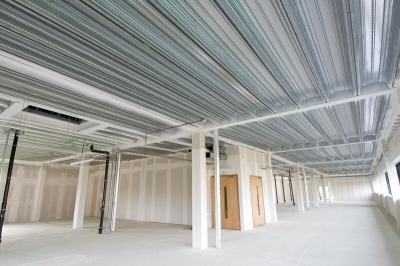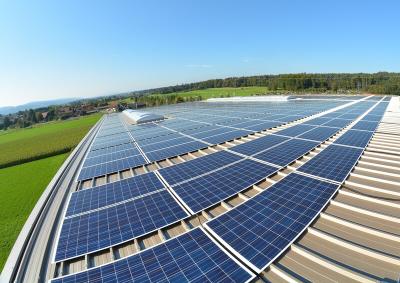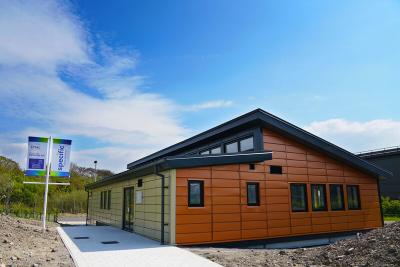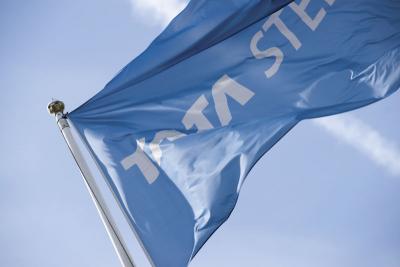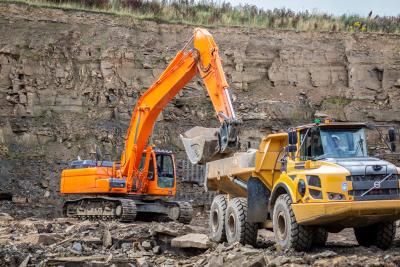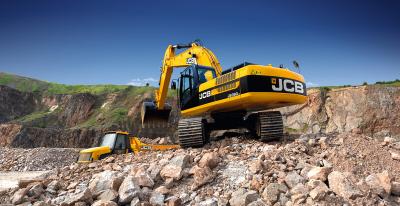As one of the largest industrial employers in the UK with a track record of supplying over 1 million tonnes of subsea oil and gas pipelines to the North Sea, Tata Steel is a key stakeholder in the North Sea oil and gas market.

Firstly, we promise this article will not mention Brexit, a subject matter of extreme importance but definitely suffering from over exposure... ‘Brexit fatigue’ as Donald Tusk would call it.
As one of the largest industrial employers in the UK with a track record of supplying over 1 million tonnes of subsea oil and gas pipelines to the North Sea, Tata Steel is a key stakeholder in the North Sea oil and gas market. So, whilst the ‘B’ word isn’t on the agenda, the question of North Sea oil and gas recovery is.
2018 was a year of highs and lows - the hopes of oil price inflation and stability did not altogether materialise, but despite this Tata Steel completed the supply to a number of oil and gas pipeline projects.
“In the last year we have completed the supply of five pipeline projects in the North Sea, even with the uncertainty around oil prices this demonstrates the improvements in efficiency in the oil and gas industry and an ability to operate in this environment” says Pete Bradshaw, Sales Manager at Tata Steel.
The further evidence for recovery is strong with the North Sea expecting to attract around 30% of the global subsea contract awards in 2019 and exploration activity set to increase by 25 percent. With 23 projects due to be sanctioned this year alongside a number of new independent operators establishing themselves in the market.
Despite a marginal increase in the average cost per barrel of oil equivalent in 2017 in the UK continental shelf, these average costs are still 37% lower than 2014. It appears the industry has captured all of the big cost savings and we are in a period of cost stability, combined with an expected environment of price rallying, the future could be considered ‘bright’.
Despite all the other uncertainties in the market (one of which we have promised not to mention) this environment provides suppliers like Tata Steel with confidence to continue to invest in both its products and processes.
“In the last year some significant investment in our steel making capability came on line; a blast furnace reline and direct cooling facilities in the coil mill – both providing for enhanced productivity and final linepipe properties” confirms Barry Rust, Marketing Manager Energy and Sustainability. “If we look at the investment in the Hartlepool 20” pipe mill, our main linepipe mill, we have enhanced laser metrology to help our clients improve their offshore productivity as well as investments in less physical aspects such as data analytics, to drive both product capability and our understanding of performance”.
It’s in this area of data management and analytics that perhaps the biggest change will be in the coming years. Barry is pretty confident this will be the case, he says “The drive for innovative data driven approaches will be a game changer. The key to unlocking that will be engagement and joint development, some of which will need to be across the complete supply chain”.
The five linepipe projects that Tata Steel delivered in the past 12 months were for 5 different operators and included a number of additional services from anti-corrosion coatings to sacrificial anode preparation. The question over the sustainability of this recovery is also being answered, with two further project awards at the start of 2019 for Tata Steel, for both line pipe and coatings… So far, 2019 looks ‘bright’.
If you require any further information in regards to Tata Steel’s oil and gas pipelines or services call our hotline.






































